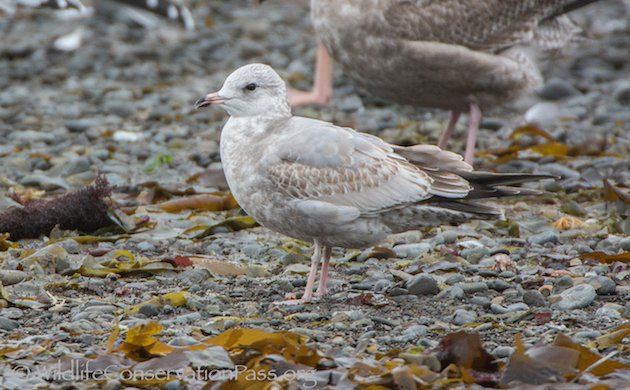
I spent some time with fellow Audubon members on the Northern California coast last weekend where we were treated with some great views of a first winter Mew Gull (Larus canus), commonly known as the Common Gull in Eurasia. Click on photos for full sized images.
The Mew Gull is the smallest of the “white-headed” gulls in North America, where it was formerly known as the Short-billed Gull. Its breeding range on this continent is confined to northwestern portions, but it has a nearly circumpolar distribution, occurring across a substantial stretch of Eurasia, where it is also called the Common Gull.
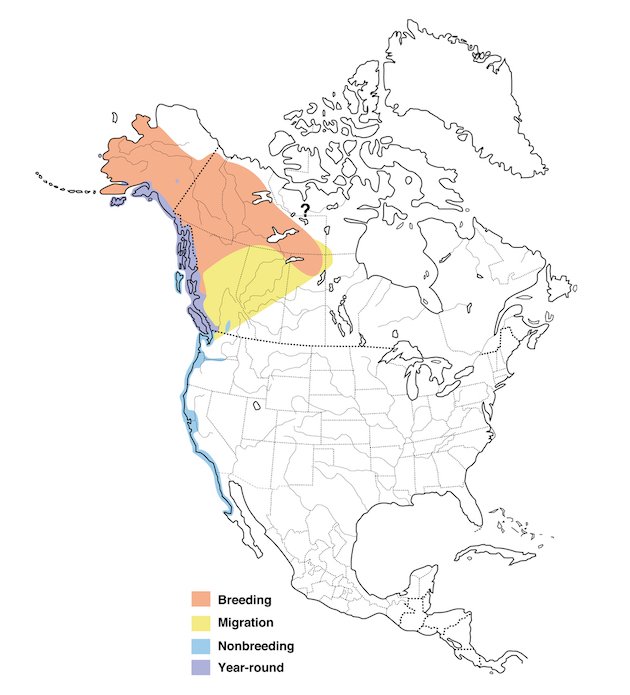
According to Wikipedia “the name ‘common gull’ was coined by Thomas Pennant in 1768 because he considered it the most numerous of its genus. Others assert that the name does not indicate its abundance, but that during the winter it feeds on common land, short pasture used for grazing.”
This bird and at least one other Mew Gull were found in a mix of California Gulls, a couple of Glaucous-winged Gulls and several Western Gulls (Larus occidentalis). A few Heermann’s Gulls flew in later.
I don’t know about you but having not spent too much time birding on the coast, I have a heck of a time identifying gulls. Maybe because there are 27 species, some of which take four years to attain adulthood and then some of the larger gulls cross breed! Really?
Here are a couple of photos showing the Mew Gull’s wings…
and tail.
I grabbed a series of shots while the youngster was preening.
If I make it up to the Canadian coast or Alaska I will most likely find a breeding adult to photograph. Then I’ll have to try to distinguish the breeding adults from one another! Here is the Mew Gull in breeding plumage from Wikipedia creative commons.


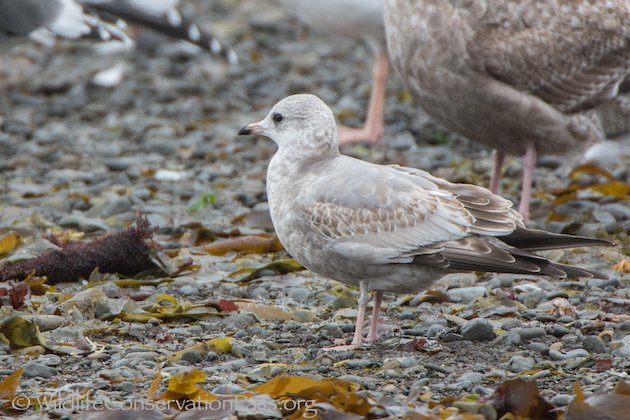
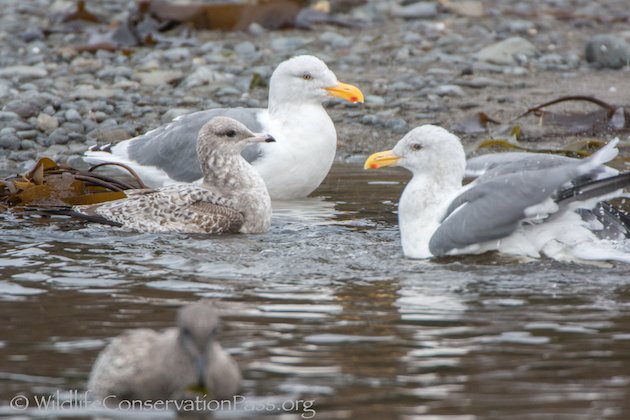
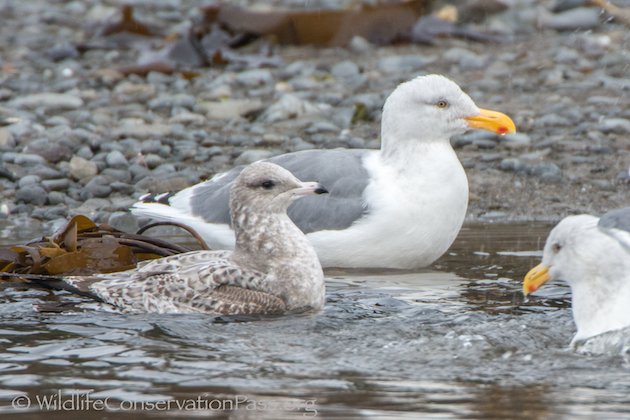
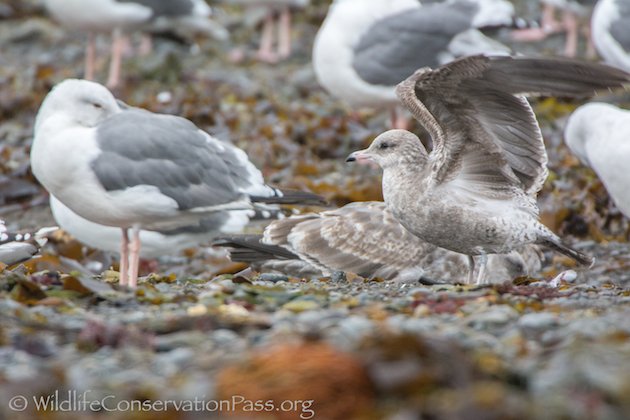
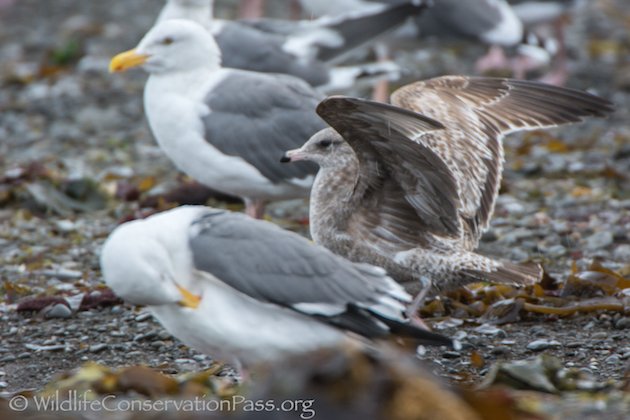
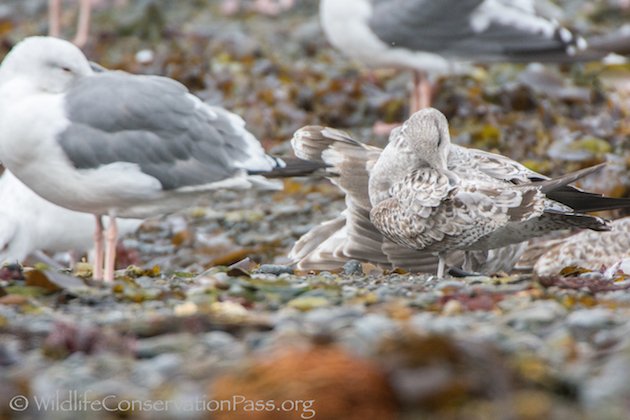
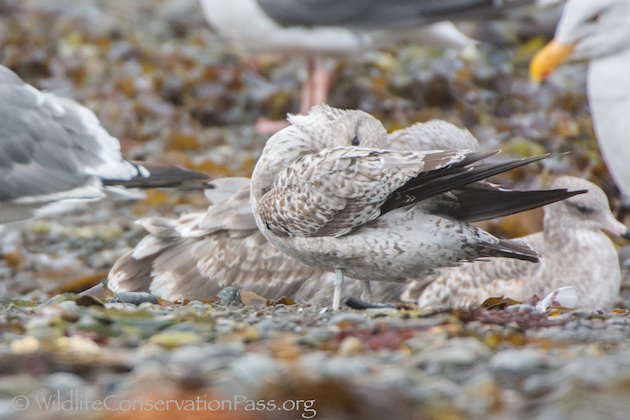
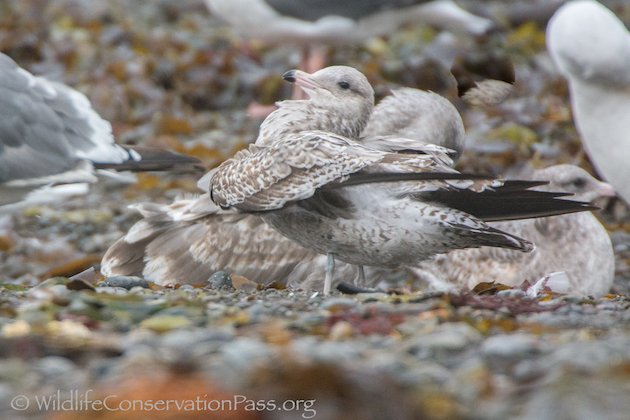
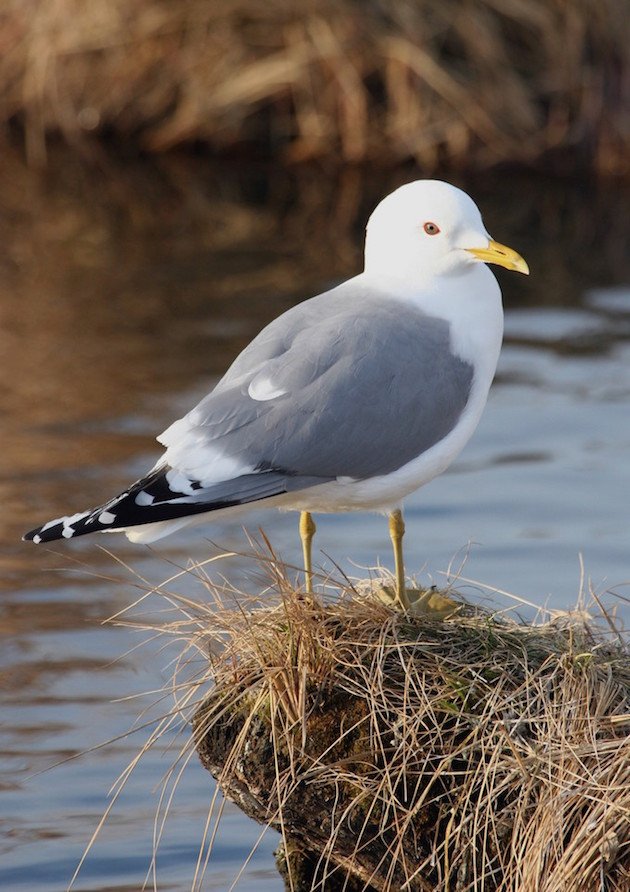
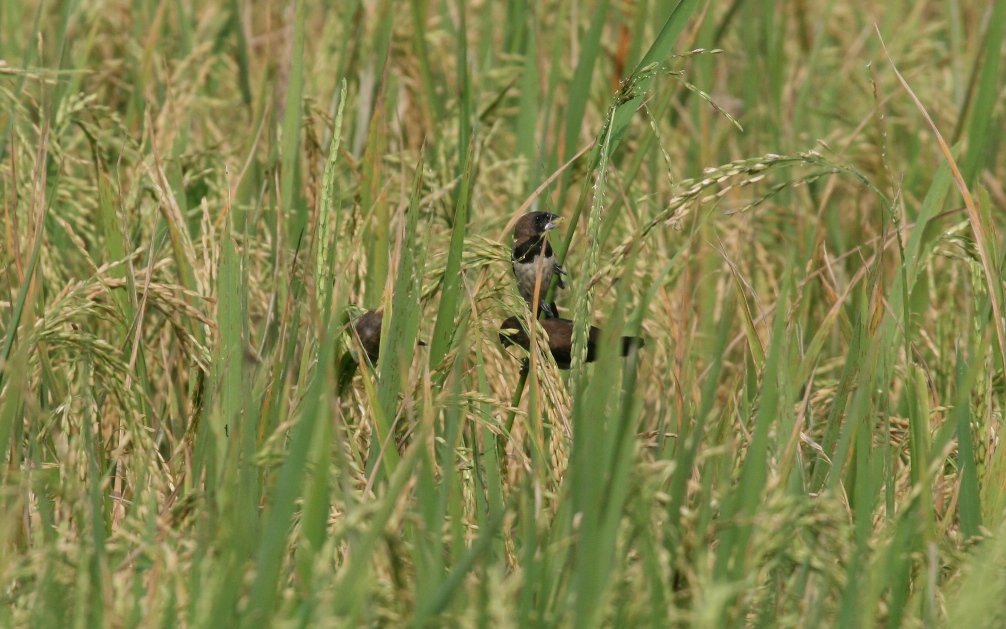
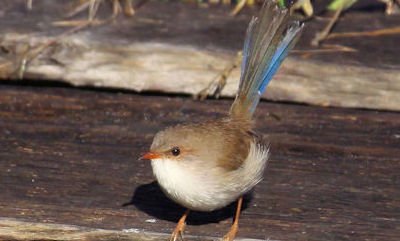

 New writers welcome – please contact us for details.
New writers welcome – please contact us for details.

















Leave a Comment